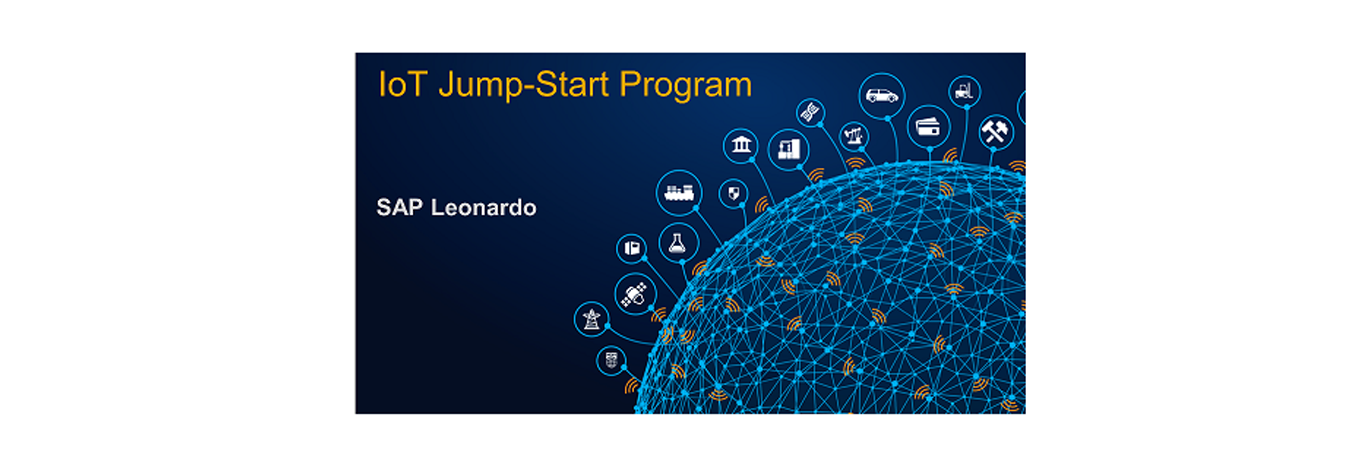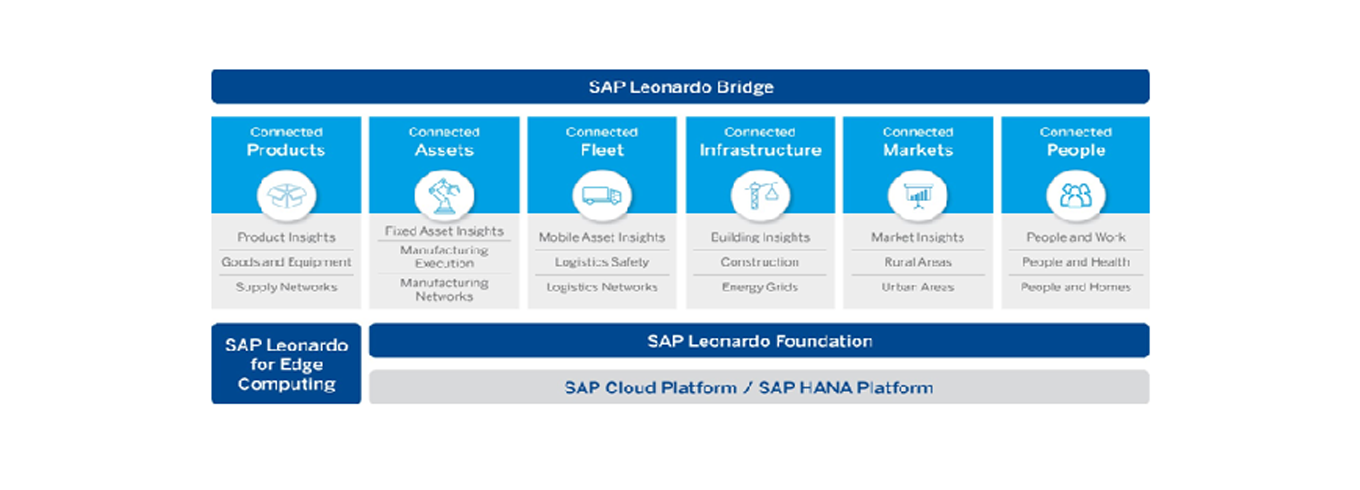☑ Connected products enable end-to-end visibility into product-centric operations and offer the ability to optimize compliance visibility and service availability.
☑ Connected assets assets link production systems and assets with manufacturing and maintenance business processes to reduce operational and maintenance costs and increase asset uptime.
☑ Connected fleets enables businesses and public service organizations owning fleets of moving assets e.g., vehicles, robots, and forklifts to collect live telemetry and sensor data and integrate with your core business processes to improve services and safety for operators, improve visibility to logistics and finally provide better services for the end customers. At the same time, it enables organizations to create new business models and opportunities to reduce cost leveraging the Internet of Things.
☑ Connected infrastructures deliver new forms of digital operational intelligence to transform physical-infrastructure systems. Improve service, drive economic growth, and allow for more efficient and cost-effective operations, infrastructure compliance and risk mitigation, as well asprovide opportunities for job growth. Drive transformation by bridging sensors and control technologies embedded throughout physical infrastructure assets with information systems and business applications. These sensors are connected to SAP Leonardo and allow real-time data ingestion and analytics along with integration into business processes to predict, plan, and respond to real-time conditions. Customers reap bottom-line results in global productivity and operational efficiency by utilizing this real-time information and integrating it business data to drive business results and create new infrastructure models.
☑ Connected markets foster local markets, cities, and urban and rural areas to optimize the utilization of natural resources and assets; reduce emissions, congestion, and energy usage; and improve the environment. Enable innovation, production, deployment and business formation of local relevance at the right moment in time to meet challenges of tomorrow and transform them into opportunities for today. You can actualize global competitiveness, drive enterprise, power the knowledge economy, and cultivate a culture of innovation.
☑ Connected people enables improved lives, work, and health by linking people and communities and providing better lifestyle experiences and opportunities for organizations to evolve into new business models.
☑ SAP Leonardo Bridge Bridge combines real-time information from connected things with business processes to turn extended supply chains into live supply chain environments. These end-to-end solutions are built on a technology foundation that enables SAP, our customers, and our partners to build Internet of Things solutions of a consistent framework:
☑ SAP Cloud Platform is the key strategic platform-as-a-service infrastructure that provides the framework for SAP Leonardo. Additionally, SAP Cloud Platform provides end-to-end micro services for machine learning, analytics, Big Data, security, user experience, user management, and backend integration application program interfaces.
☑ SAP Leonardo Leonardo includes best-of-breed business services that enable users to rapidly build Internet of Things applications, allowing them to develop digital twins, create reusable application services, and apply predictive algorithms. These core technical services offer opportunities for users to process a high velocity of data, with the ability to stream analytics and run predictive scenarios. This is all delivered on the next-generation SAP Cloud Platform, which is connected to millions of devices
☑ SAP Leonardo for edge computing ingests data regardless of connectivity, latency, or device protocol concerns, all while delivering intelligent edge applications.
JUMP-START YOUR SAP LEONARDO INITIATIVE
SAP Leonardo will create massive business value by connecting “things” to interact directly with business processes. As a result, business processes will become transparent, real time, and proactive, enabling people to operate and manage on a new level with augmented intelligence and autonomous systems. SAP will also introduce the SAP Leonardo jump-start program, a pre-packaged, consultative offering to help customers prioritize innovation opportunities and deliver competitive advantage with an Internet of Things-enabled digital transformation.
PUBLIC SERVICES USE CASES FOR SAP LEONARDO
Social Protection : Using IoT services, governments can offer connected people new services in real-time that are highly tailored to the individual’s needs, circumstance and location, and use IoT information to anticipate and address issues before they escalate.
Workplace Safety : IoT services offer enhanced ways to collect and process real-time data to gain insights that can be applied to increase workplace safety by monitoring tools and infrastructure, improving processes and controls, and reducing risk exposure.
Connected Postal : IoT services can boost productivity and service quality by connecting postal workers, partners and customers with real-time visibility of mail, parcels and services across the network. Smart Cities: IoT services can blend seamlessly with the physical reality of urban spaces, optimising energy, vehicles and assets across the urban footprint to improve the liveability of public spaces.
SAP LEONARDO FOR HEALTH CARE
Sickness : IoT services obviously have a variety of applications in relation to medical monitoring, but these are often applied in response to medical events and conditions. In contrast, Social Protection aims to reduce exposure to medical risks through proactive and early interventions. IoT services, delivered via wearable technologies, can assist in reducing susceptibility to sickness through risk awareness and promotion of healthy lifestyle choices.
Disability : IoT services are being integrated into assistive devices in a variety of innovative ways to improve quality of life for people with disability. For example, connected wheelchairs can call for assistance in the event of a tip-over or medical emergency and can proactively advise of the need for maintenance or repair. Virtual assistants can also be integrated into the wheelchair to help people with routine tasks, as well as providing a channel for social interaction.
Old Age : IoT services can assist people to maintain their independence into old age, and help people to live with age-related conditions such as dementia. Given the choice, most people would prefer to remain at home with in-home supports than relocate to an aged care facility. IoT services, delivered via wearables and connected homes, can extend the time in which elderly people can safely live at home, thereby extending their independence and improving quality of life.

